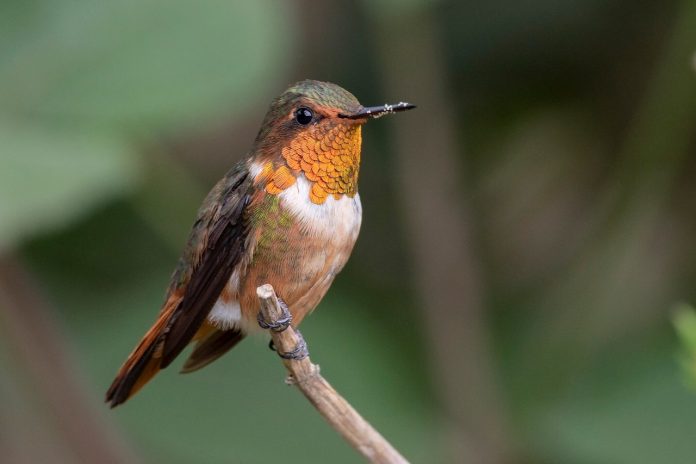
Bird watching can happen anywhere: you just have to be curious and pay close attention. This is well known to all bird lovers, including the biologist Margherita Bottazi, who is also a rural tourism entrepreneur and the owner of Posada Monserrat in Coronado, just outside San José.
She tells us that visitors can start bird watching from the moment they arrive at the last bus stop in Cascajal, in Las Nubes de Coronado. On the way, you can see the birds that inhabit the Central Volcanic Mountain Range between 1500 and 1750 m above sea level. This is a low mountainous cloud forest with many species of birds, especially from the highlands. Many of them are endemic, which makes the community of Monserrat a special place for bird watching.
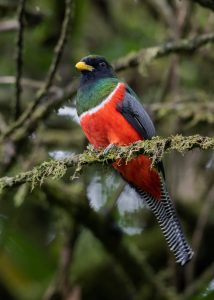
Birding is not an easy thing. It requires knowledge of bird behavior, and plenty of patience. The secret is to visit spaces that have been created so that birds feel interested and safe. That is why the Posada Monserrat has designed special trails with shrubs and trees that birds love. These plant species are native, which encourages birds to remain in the area and makes them easier to photograph and observe. It always helps to have stations and spots where people can settle down to wait for the birds, and then observe and photograph them.
A lover of birds feels great joy when she manages to see an individual from a species that she has never seen before. Birders’ expectations are always high, and when they visit this part of the country those wish lists include star species such as the Barred Parakeet, the , the Quetzal, the Golden-browed chlorophonia, or the Barred Becard. When they see these species for the first time the air explodes with huge—but very silent—joy. Birders call these first encounters “lifers.” Your first time checking off a new species happens only once, and only occurs when the bird’s identification is entirely certain. There is no greater thrill for a birder than a “lifer.”
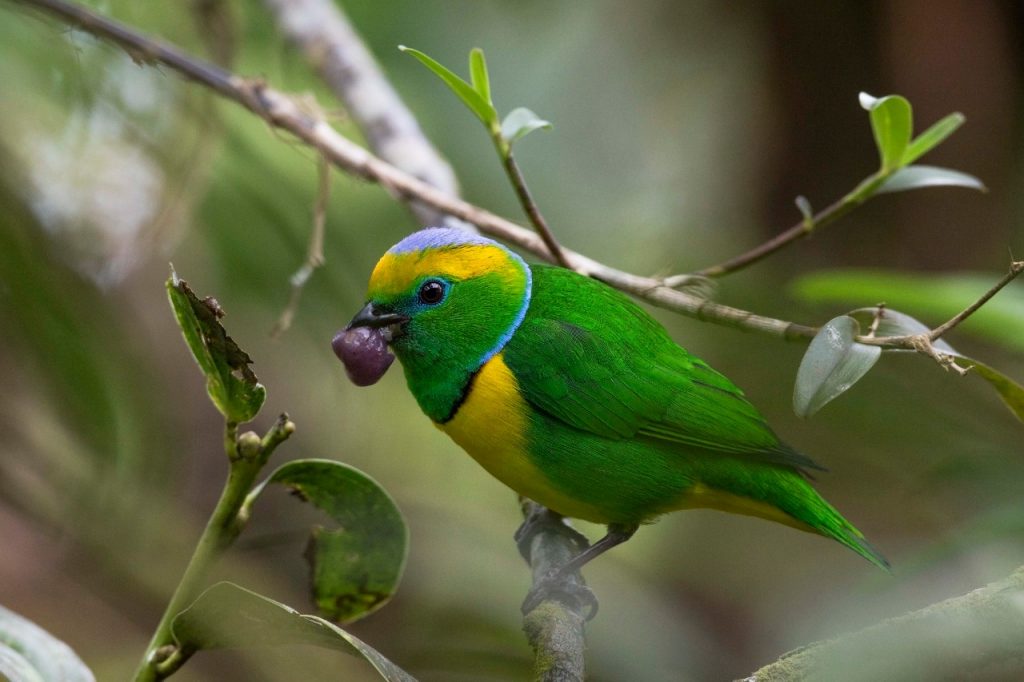
The expectations of visitors with a passion for photography are a bit different. Those visitors also want to see these species, but they also want them to pose well, in a natural way, with no visible artificial elements or signs of human presence. They also hope to be relatively close. Achieving that perfect photograph brings great satisfaction.
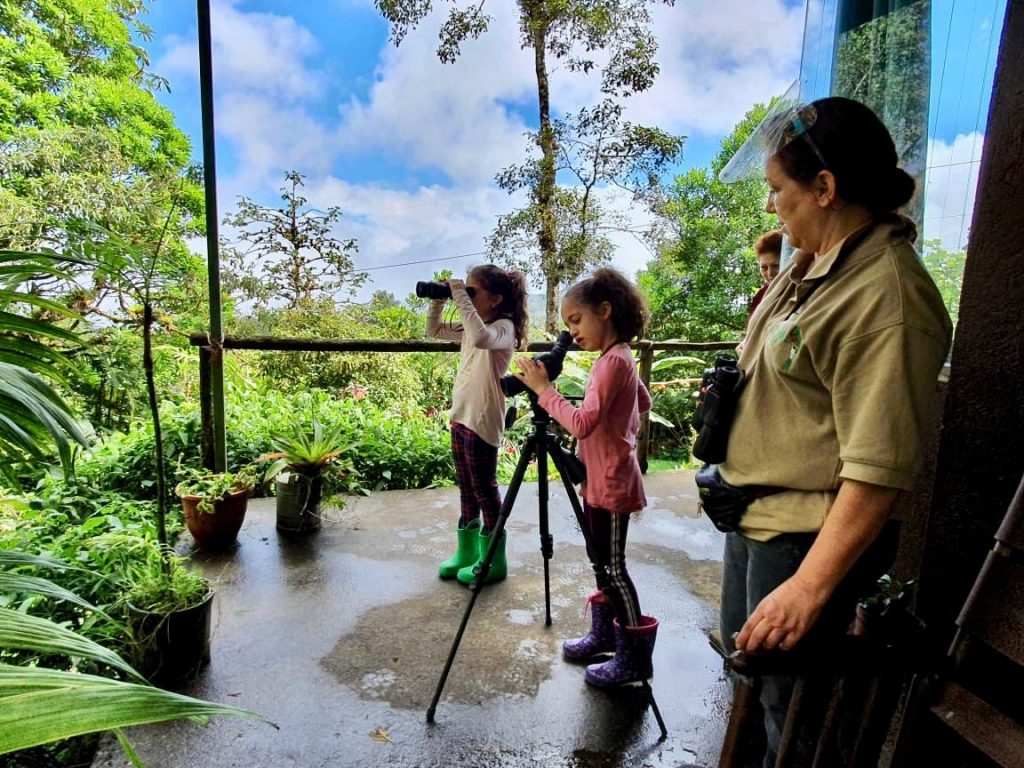
Bird watching is an experience that touches all of our senses and leaves behind many benefits. When walking through the forest or waiting on a balcony for the arrival of the birds, we see the forest carefully. We notice its shapes, its colors, its lights, and its shadows. We breathe silently so as not to scare the birds, and in that slow inhale we detect the smells of the forest, the freshness of the air. The sounds of the birds are as important as their movements, and many times those sounds are what help us to find the birds. For connoisseurs, it is a way of triumphantly confirming the species that we have found. Rarely do we touch a bird—if so, it is because we are rescuing them from a window or from a predator—but in the process of looking for them, we touch the forest, its trees, its land. Birding also has a taste, because there is no birder who does not pack his favorite snack. When we go out to look for a species, we don’t know how long we might be standing still, or walking slowly through the forest. At some point, we will have to accept the pause and fill our stomachs.
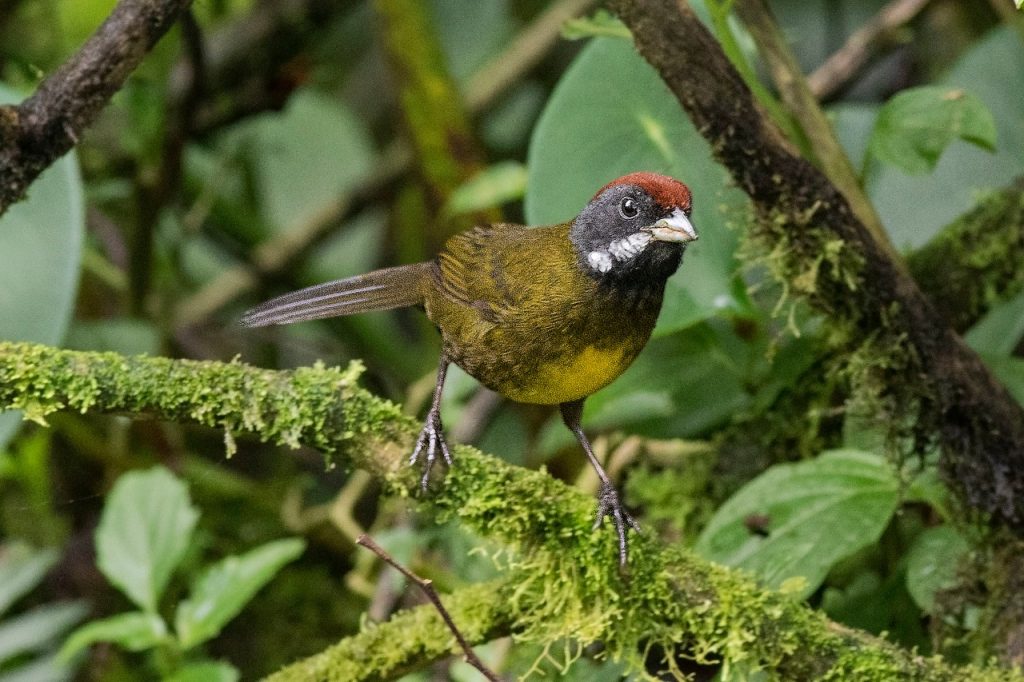
If you have never experienced bird watching, now is the time to do it, because it is an almost meditative practice. Unless it becomes a challenge or an obsession, it is also very relaxing.
Stories created under the “Directory 506” byline are a joint effort between the editorial team of El Colectivo 506 and the entrepreneurs and organizations that participate in our national directory of rural tourism. This report was created thanks to the comments of Margherita Bottazi of the Posada Rural Monserrat in Coronado, San José. For more information about Directory 506, send a WhatsApp message to 8506-1506 or email us at: [email protected].


